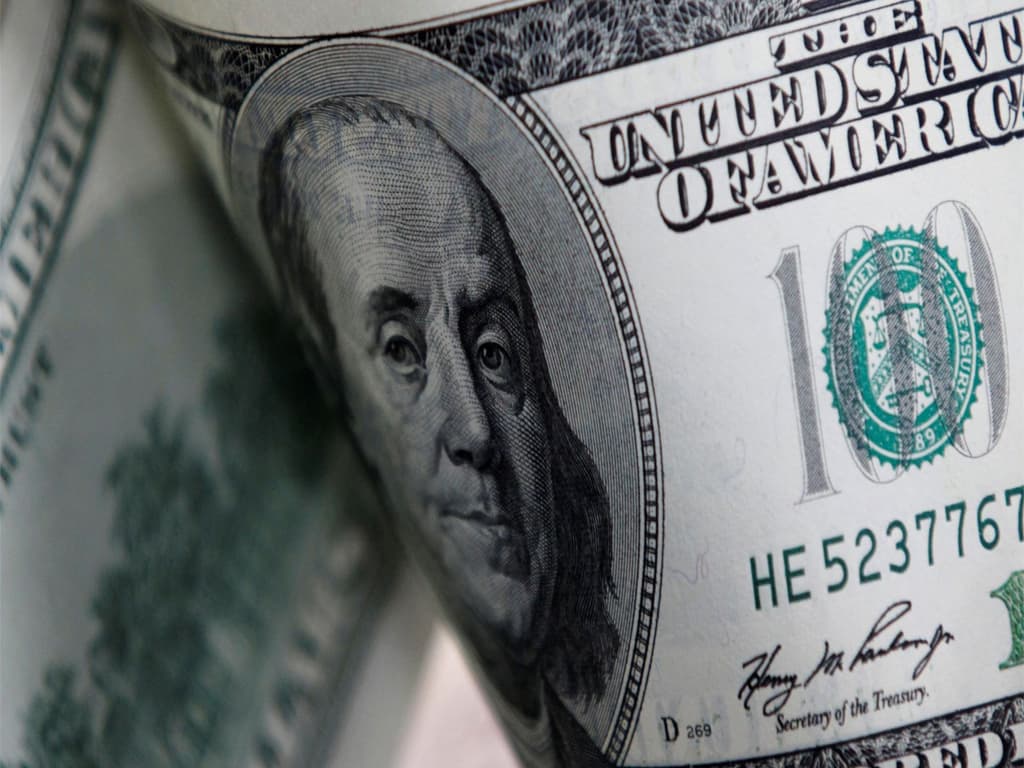Noted rating agency recently predicted that USD/ Rupee parity will reach around Rs 180 to USD 1 by next year. Their prediction is based on the presumption that there is a huge demand of USD in Afghanistan which is placing undue pressure on the Pakistani rupee. In response to that analysis, I submit that it is not entirely correct that present pressure is on account of demand from Afghanistan. The following is a report on the Fitch forecast:
ISLAMABAD, Sept 30 (Reuters) - Fitch Ratings revised down its forecasts for the Pakistani rupee on Thursday for both this year and next due to a variety of factors including an increased flow of US dollars into neighbouring Afghanistan.
Fitch’s forecast for the rupee’s average rate this year is now 164 to the U.S. dollar compared with 158 previously. For 2022, Fitch now expects an average rate of 180 versus a previous forecast of 165.
“Our expectation for the currency to weaken further is based on Pakistan’s worsening terms of trade, tighter U.S. monetary policy, alongside the flow of U.S. dollars out of Pakistan and into Afghanistan,” it said. The Pakistani rupee has been sliding steadily since May. It was at 170.50 to the dollar on Thursday, more than 10% weaker than its peak in May of 150.95. Analysts say the rupee has been hit by consistently high demand for dollars due to the country’s current account deficit”
The rating agency has based its analysis on following three factors:
Worsening terms of trade;
Tighter US monetary policy; and
The flow of US dollars out of Pakistan into Afghanistan.
Afghanistan has always been a problem for the economy of Pakistan. After the Afghanistan takeover by Taliban there are sanctions on the Afghan government for their reserves in USD. The USD demand by Afghanistan is therefore being met out of USD available in the Pakistani market. This means the
Afghans are raising demand for USD in Pakistan. In other words, USD in Pakistan is being transferred to Afghanistan. The primary presumption is correct; however, there is a natural ‘ceiling’ on such demand. The Afghans are buying USD against PKR. This means a certain amount of the Pakistani currency was already lying in Afghanistan. The total quantum of such amount with its concomitant flow has a natural ceiling. The size of this amount cannot be of more than Rs 40 to 50 billion. If this is the ceiling then total demand for USD will not exceed USD 300 million, which is not expected to cause any major adverse impact on the USD-PKR parity. Afghanistan is, therefore, not the major factor behind the PKR slide.
The other reason cited is worsening trade balance. The fundamental question in relation to this aspect is the amount of trade deficit that Pakistan expects by June 30, 2022. Anyone who is aware of the Pakistani market knows that our exports will be to the tune of USD 25 to 28 billion. This is a projected amount. Our imports will be maintained at USD 55 to 60 billion, leading to a trade deficit of around USD 28 to 30 billion, which will be financed through expected remittances of USD 25 to 28 billion. This all leads to a net current account deficit of around USD 5 to 7 billion. All of these factors are already accounted for. Nobody ever predicted that the net current account deficit will be of less than USD 5 billion. This all has been accounted for in the exchange rate prior to this speculative spiral. It is, therefore, not correct to say that there is something not accounted for in relation to current account balance in predictable exchange rate. The use of the figure relating to trade imbalance in the case of Pakistan is totally unjustified as in our case remittance proceeds are effectively more than those of exports. The figure to be accounted for is the current account balance not the trade account.
Moreover, a tighter US monetary policy has no direct effect on the exchange rate of the Pakistani rupee. There can never be any exact determination or forecast insofar as USD-PKR parity is concerned; however, I will attempt to explain in the following paragraphs that the present downward trend is more on account of speculation and conspiracy theories than real facts.
(To be continued tomorrow)
Copyright Business Recorder, 2021





























Comments
Comments are closed.